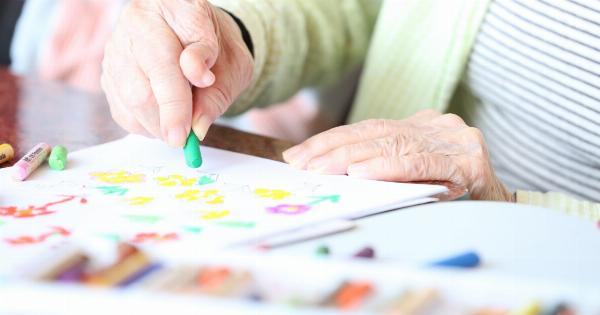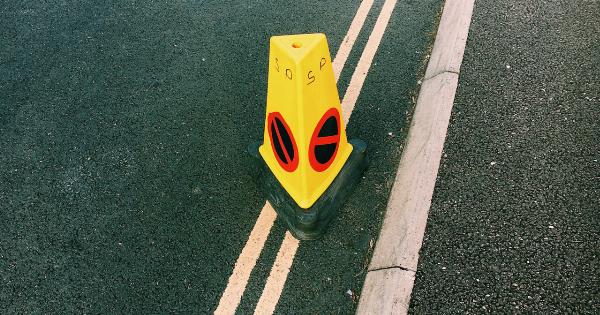Muscle pain is a common complaint that can be caused by several factors, including overuse, injury, or certain medical conditions. It can range from mild discomfort to severe pain, affecting your daily activities and overall quality of life.
Fortunately, there are various methods to ease muscle pain and promote healing. This comprehensive guide will explore different techniques and remedies to help you find relief.
1. Rest and Relaxation
One of the simplest yet most effective ways to ease muscle pain is by allowing your body to rest. Avoid activities that exacerbate the pain and try to relax the affected area.
You can also benefit from taking a break and engaging in stress-reducing activities, such as meditation or yoga, which help relax the muscles and promote overall well-being.
2. Apply Heat or Cold
Applying heat or cold to the affected area can provide immediate relief from muscle pain. Heat helps relax the muscles and improve blood circulation, while cold therapy reduces inflammation and numbs the area.
You can use heating pads, hot water bottles, warm towels, ice packs, or even take a warm bath or cold shower to alleviate muscle pain.
3. Massage Therapy
Massage therapy is a popular method for easing muscle pain and promoting relaxation. It helps improve blood flow, reduce muscle tension, and enhance the release of endorphins, which are natural painkillers produced by the body.
Professional massages by licensed therapists or self-massage techniques, such as using foam rollers or massage balls, can be highly beneficial.
4. Stretching and Exercise
Regular stretching and exercise not only prevent muscle pain but also aid in its recovery. Gentle stretching exercises help lengthen tight muscles, improve flexibility, and increase blood flow, reducing the risk of muscle strains.
Low-impact exercises such as swimming, cycling, or walking can also provide pain relief by strengthening the muscles and promoting overall fitness.
5. Proper Posture
Poor posture can contribute to muscle pain, particularly in the neck, back, and shoulder regions. Maintaining proper posture while sitting, standing, and performing daily activities can alleviate muscle strain and reduce pain.
Using ergonomic furniture, such as chairs with lumbar support or adjustable desks, can also help maintain good posture and prevent muscle pain.
6. Over-the-Counter Pain Relievers
If your muscle pain persists or becomes unbearable, over-the-counter pain relievers can provide temporary relief. Nonsteroidal anti-inflammatory drugs (NSAIDs), such as ibuprofen or naproxen, help reduce inflammation and alleviate pain.
However, it’s important to follow the recommended dosage and consult a healthcare professional, especially if you have any underlying medical conditions or are taking other medications.
7. Topical Pain Relief
Topical pain relief options, such as creams, gels, or patches, can be applied directly to the affected area to ease muscle pain.
These products contain ingredients like menthol, camphor, or capsaicin, which provide a cooling or warming sensation and temporarily distract the nerves from the pain signals. Always read the instructions and precautions before using topical pain relief products.
8. Physical Therapy
If your muscle pain persists or worsens despite self-care measures, consulting a physical therapist can be beneficial.
A physical therapist can assess your condition, identify any underlying issues, and create a personalized treatment plan that includes exercises, stretches, manual therapy, and other modalities to alleviate muscle pain and promote healing.
9. Adequate Hydration
Staying hydrated is crucial for muscle health and pain prevention. Dehydration can lead to muscle cramps and exacerbate existing muscle pain. Drink an adequate amount of water throughout the day, especially before, during, and after physical activity.
You can also include electrolyte-rich drinks or foods, such as coconut water or bananas, to replenish essential minerals lost during exercise.
10. Alternative Therapies
Several alternative therapies may help ease muscle pain, although further research is needed to support their effectiveness.
These include acupuncture, acupressure, herbal remedies, chiropractic care, and transcutaneous electrical nerve stimulation (TENS). Consult with a qualified practitioner or healthcare professional to determine if any of these therapies may be suitable for your specific condition.

























